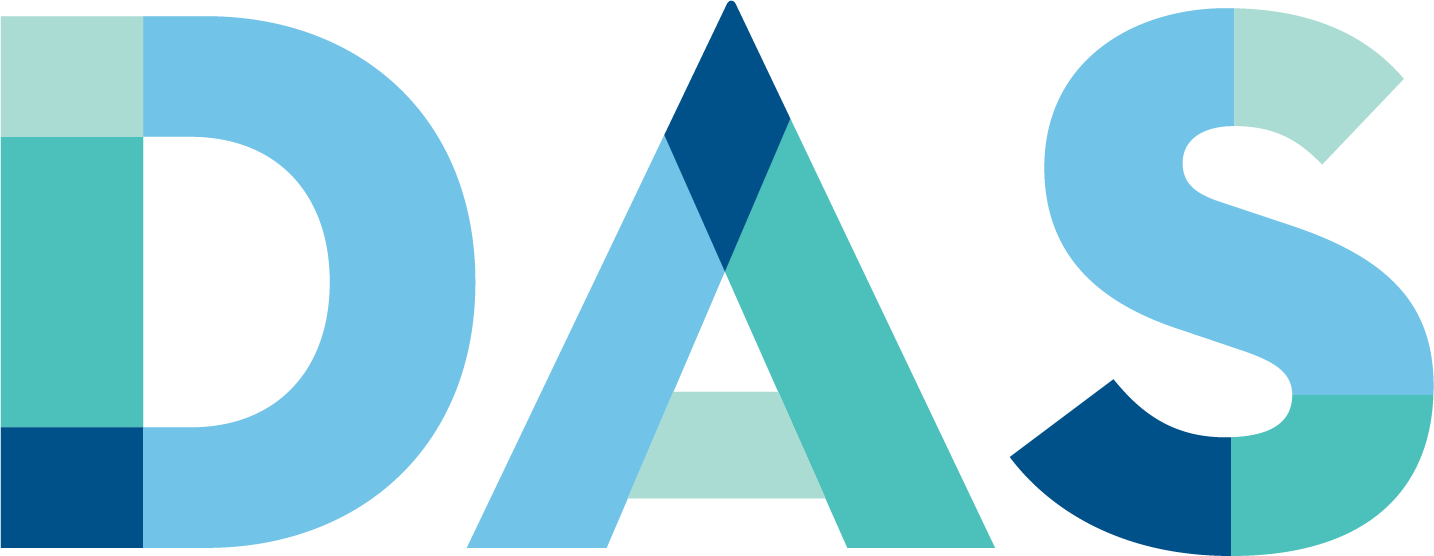If a detailed understanding of Australian crop harvest, or hay production, is important to your decision making, then we have excellent news.
By utilising the best of data science and Earth Observations, DAS has successfully introduced Australian Hay and Harvest Tracking data to its Grain Intelligence product. Grain Intelligence is a comprehensive data solution from DAS that provides organisations operating in the Australian grain market with highly accurate, timely, crop data and insights to support tactical decision-making and drive margin growth.
DAS’ Grain Intelligence product is designed to improve outcomes for grain buyers, insurers, financial institutes and government bodies. Our Earth Observations team keeps a close eye on the use and efficiency of the product for clients, to ensure we continue to service their needs and make regular improvements to remain an industry-leader.
Enter, Hay and Harvest Tracking data.
The Australian grain industry has never before had access to quantitative and near real time data on harvest progress. Instead decisions are made based on anecdotal reporting or intermittent data from some bulk handlers. And before harvest estimates of oat production have always been constrained by a lack of data on how much of the oat crop was cut for hay.
DAS’s solution is daily monitoring of every paddock in Australia to detect which paddocks are cut for hay and when a paddock is harvested. Combined with our paddock-level crop type and yield data, we compile bespoke results for each customer.
This year's hay and harvest monitoring will begin on 15 August, with reports delivered as soon as harvest starts.
Why is Hay and Harvest Tracking beneficial?
Like all Grain Intelligence data, Hay and Harvest data is collected at the paddock level in near real time. This enables DAS customers to know at any point in time what crop has been harvested or cut for hay at the paddock, farm, local area or regional level. You can use this data to manage:
- Risk; how much crop is “at-risk” of the next weather event? What percentage of oats is being taken through to grain?
- Accumulation targets and pricing; Knowing how much crop is still standing helps you to set prices that most efficiently achieve your accumulation target. Moreover, harvest tracking enables you to gain crucial insight into estimating how much grain is being harvested and potentially stored - rather than immediately being sold or traded.
- Receival site logistics; Giving you quantitative data on remaining crop in your draw zones and how harvest is progressing compared to previous seasons.
- Insurance and Financing Risk; Once a crop is harvested it is no longer at-risk for crop insurers and is a far safer commodity for crop financers—why carry risk on your books through to January if the crop was harvested in October?
How often can my organisation receive these updates?
Harvest Progress Reports are twice weekly (Monday and Thursday) reports and data that detail the area and percentage of each crop type harvested, in each LGA and any specific zones or regions specified by customers. Harvest progress will also be compared to previous seasons.
Hay tracking data is a new extension to our Winter Crop Estimates (DAS Grain Intelligence) that quantify the area of each crop type that is cut for hay. Hay cut data will be included with Crop Estimate reports for subscribing customers.
Explore the core features of DAS Grain Intelligence
- Relevant, timely and granular cropping data that can be packaged up simply in a digestible format for your business
- Produce reports and export direct to your CRM, PDF or CSV files or view within the DAS Cropping Hub online
- Incredible accuracy with our paddock-level crop identification model at an overall accuracy of 93.7%
- See at any time how much crop is left standing for harvest or exposed to weather events, or wildfire
Want to explore the Hay and Harvest Tracking feature?
Get started with Grain Intelligence and Harvest Data today, talk to our team.


